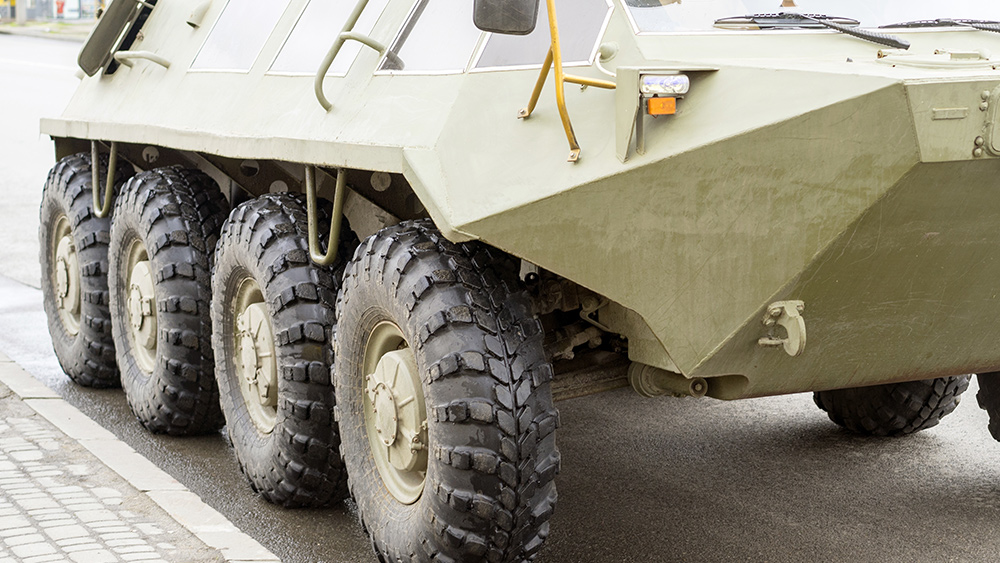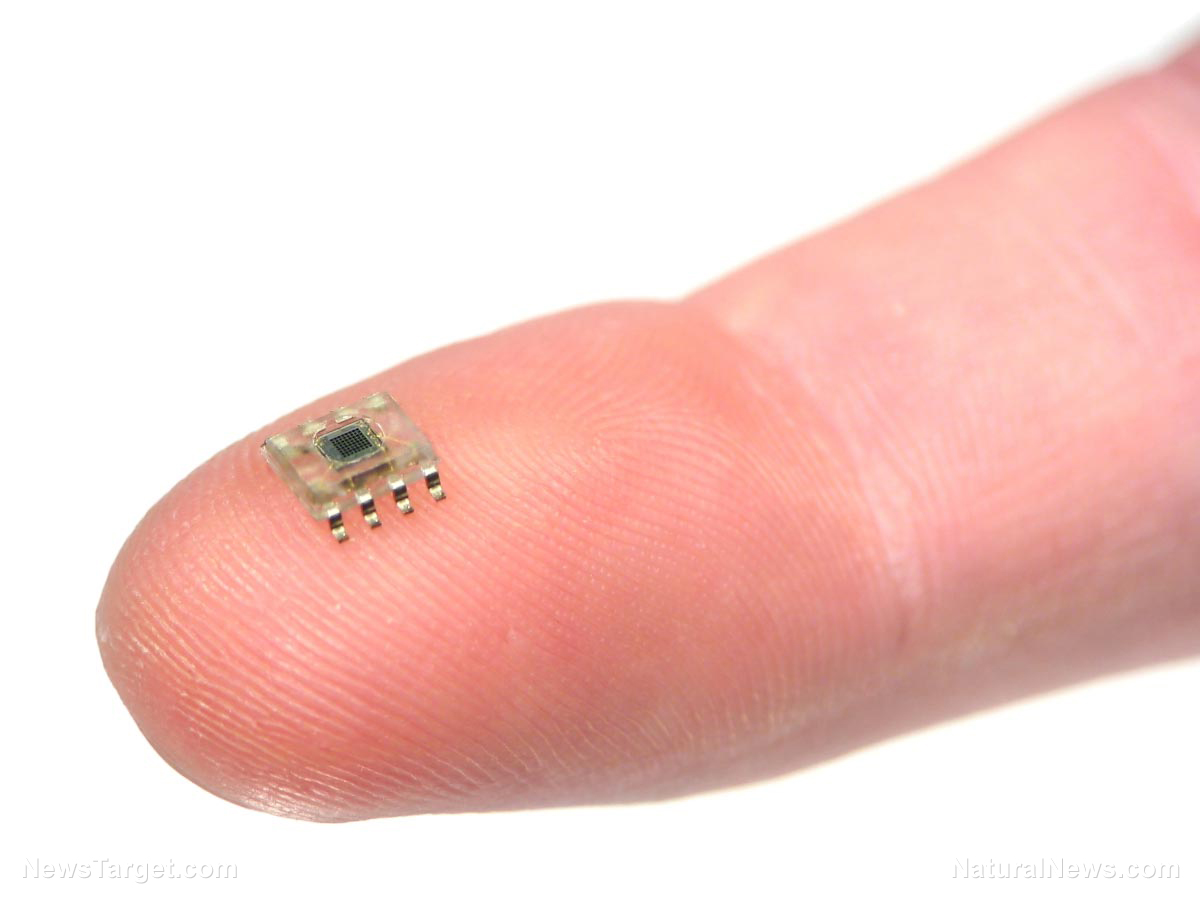Army to see 30 percent cut in hydrocarbon fuel use – thanks to new EV battery technology
06/22/2021 / By Ramon Tomey

The National Academy of Sciences (NAS) projected that the U.S. Army could slash about 30 percent of its hydrocarbon fuel use by means of electric vehicle (EV) batteries and other clean technologies. However, it warned that a military force powered by renewable energy is not something to anticipate in the immediate future. Nevertheless, the Army has moved to further its forays into renewable, zero-emissions energy.
NAS wrote down the projection its new report, which recommended the Army continue using hydrocarbon fuel as a main energy source. While it argued that the military ought to reduce its dependence on such fuels in the future, it also veered away from encouraging the use of electric vehicle batteries entirely on the field.
“In total – actions recommended … would result in a projected 32 percent reduction in the fuel needed to be transported to the field, and are based largely on technology that is available today,” the NAS report indicated.
The report illustrated that the weight and size of EV batteries and the availability of electricity make these power sources unsuitable for use in the battlefield. These factors also put electric vehicles at a disadvantage compared to their fuel-powered counterparts.
Furthermore, NAS closely examined the fuel consumption prospects for an armored combat brigade team into 2035 at the Army’s request. Armored combat brigades are known for heavy fuel usage. The limitations on EV batteries mentioned in the report made them unsuitable for use in actual battlefield scenarios. Thus, the academy recommended the continued use of hydrocarbon fuels for the time being.
But the report did not close the door entirely on non-hydrocarbon power sources. A press release by NAS about the report said: “Hybrid technologies using [internal combustion engines], generators, power electronics and battery storage are an encouraging option – on which the Army has already initiated work.” (Related: Report: All new US cars and trucks can be electric by 2035, claim green energy advocates.)
The Army is now treading the waters of renewable, zero-emissions energy
True enough, defense contractors are stepping up to the challenge – and Chicago-based NanoGraf Corporation is one such company. It introduced a new silicon formula for EV batteries that promised to pave the way for more improvements. With the backing of the Department of Defense (DoD), NanoGraf’s new technology could accelerate the Army’s 32 percent fuel use reduction sooner.
NanoGraf described its new battery technology as a “breakthrough in energy density of silicon anode cells.” The company added that this enables the development of consumer electronics, electric vehicles and military equipment with longer battery life, lighter weight and shorter charge cycles. A $1.65 million DoD grant enabled the company to achieve this milestone.
NanoGraf President Kurt “Chip” Breitenkamp said: “Energy density has plateaued, only increasing eight percent or so over the last decade. We just achieved a 10 percent increase in a little under a year. This is over a decade’s worth of innovation in one technology.”
The company elaborated that its technology made use of a “proprietary doped silicon alloy material architecture” to overcome issues that come with the use of silicon in batteries. Silicon allows batteries to store ten times more energy at the cost of battery durability. NanoGraf said that the silicon-based alloys, alongside a protective inorganic and organic coating, “help stabilize the active material during charge and discharge.”
Furthermore, the Chicago-based firm touted its product’s advantages over its conventional counterparts. First, the NanoGraf batteries can be customized to capacities between 550 mAh/g and more than 1,400 mAh/g compared to the current graphite-based anodes and their 372 mAh/g capacity. Second, NanoGraf batteries are made using a low-cost, high throughput “wet chemistry” process – giving it an advantage when it comes to manufacturing costs.
The Army also sees potential in the NanoGraf battery to be used in electronic gear carried by today’s soldiers. Lighter, portable batteries promised by the company seem to fulfill this purpose. However, it would definitely take some time before the NanoGraf battery is sold on the market. (Related: The U.S. is not ready for an all-electric future.)
Aside from transporting energy, the Army has also considered the idea of generating energy on the battlefield. NAS reported that the military branch plans to achieve this using portable and transportable solar panels. Together with new energy storage technology and self-forming energy micro-grids, the Army aims to reduce its reliance of conventional hydrocarbon fuel.
Visit Electricity.news to read more about the use of next-generation EV batteries on military vehicles.
Sources include:
Tagged Under: armored combat brigade, diesel fuel, doped sillicon alloy, EV batteries, fuel consumption, hydrocarbon fuel, military, NanoGraf, National Academy of Sciences, renewable energy, silicon batteries, US Army, zero emissions
RECENT NEWS & ARTICLES
COPYRIGHT © 2017 FUTURETECH.NEWS
All content posted on this site is protected under Free Speech. FutureTech.news is not responsible for content written by contributing authors. The information on this site is provided for educational and entertainment purposes only. It is not intended as a substitute for professional advice of any kind. FutureTech.news assumes no responsibility for the use or misuse of this material. All trademarks, registered trademarks and service marks mentioned on this site are the property of their respective owners.





















